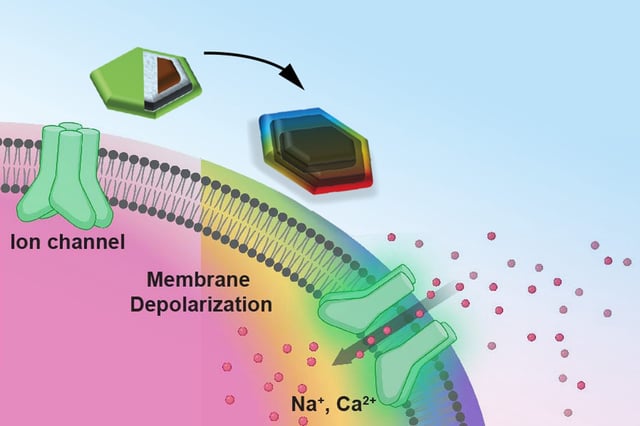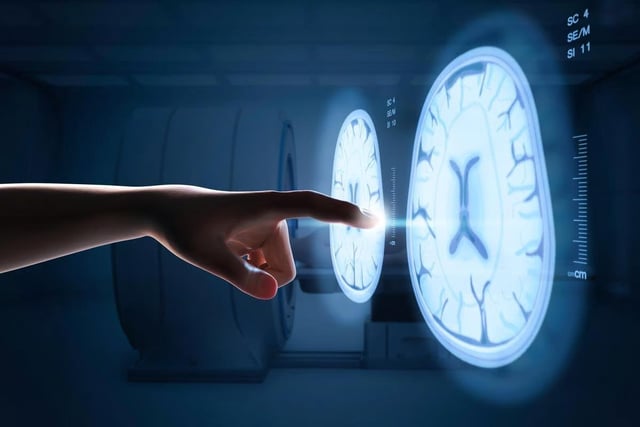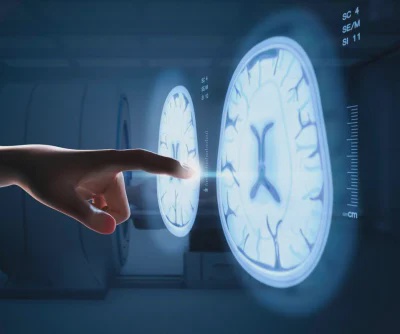Overview
- Tiny magnetic nanodiscs, developed by MIT scientists, offer a less invasive method for brain stimulation compared to traditional electrode implants.
- The nanodiscs, measuring about 250 nanometers, can be injected into specific brain areas and activated externally using a magnetic field.
- Initial tests on mice show the potential of these discs to stimulate brain regions associated with reward and motor control, similar to implanted electrodes.
- Despite promising results, further research is needed to enhance the conversion of magnetic effects into electrical impulses for effective human use.
- Future steps include large animal safety studies to move towards potential clinical applications in treating neurological conditions like Parkinson's disease.


